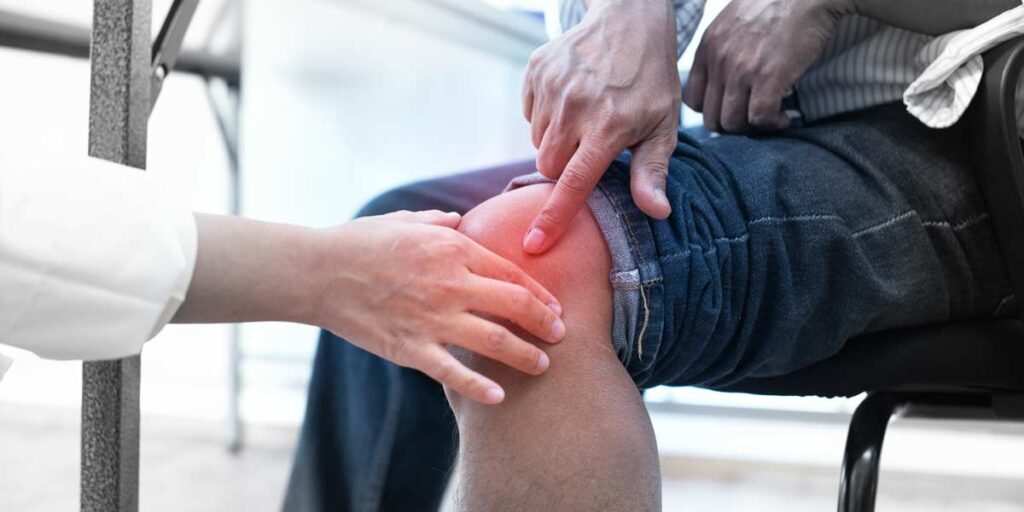Diagnostic Imaging and Knee Pain Causes
Knee pain can affect nearly every aspect of your life. When it occurs, the road to relief often starts with imaging. MRI offered at imaging centers like American Health Imaging (AHI) captures detailed images of your knee’s anatomy, including bones and soft tissue. These MRI images of the knee will help your doctor determine the cause of your knee pain and the best treatment options to help you find relief through minimally invasive treatments, surgery and/or physical therapy. Let’s look at the most common types of knee injury and knee pain causes to better understand how knee MRI can offer clues to help improve your quality of life.
Arthritis
A chronic condition that causes joint inflammation, arthritis most commonly affects the knees by attacking the cartilage that protects the bones when they rub against each other during movement. This type of arthritis, known as osteoarthritis, can destroy all cartilage in the knee, leaving bone rubbing against bone. In addition to pain, osteoarthritis can cause stiffness, swelling and weakness.
Septic arthritis is another type of arthritis that can damage your knee joints. It is caused by the development of bacteria, such as staphylococcus or streptococcus, in the body. These types of bacteria can travel through your blood to your joints.
If you experience symptoms of knee arthritis, your doctor will likely first conduct a physical exam to look for swelling and other signs of arthritis, followed by X-rays of the knee joint. These images can reveal telltale markers of arthritis, such as bone spurs and narrowing in the joint.
If your doctor wants a more detailed view of the joint, especially of the connective tissues, you may also need to have an MRI. This medical imaging test can help your physician gauge the condition of ligaments, tendons and other tissues.
Bursitis
Bursitis occurs when the overuse of a joint causes inflammation of the bursae, which are small pouches of fluid that help joints move smoothly. You are more likely to develop bursitis if you engage in repetitive movements every day. Like arthritis, bursitis causes pain, tenderness and swelling.
Bursae are not visible on X-rays. So if your doctor suspects you have bursitis, he may order an MRI, which can show whether the bursae are inflamed.
Meniscus Tear
Unlike arthritis and bursitis, which are chronic conditions, tears of the menisci—two pieces of cartilage in each knee that help keep bones from rubbing together—tend to be acute injuries that occur because of a sudden twist or blow, often during sports. If you experience this type of knee injury, you may feel a sudden pop in the knee, followed by instability, pain, swelling and stiffness. The torn cartilage won’t show up on X-rays, but these tests can be useful to help your physician rule out other conditions. An MRI will allow your physician to see your menisci and determine whether there’s a tear.
Affordable Relief
Find out more about your imaging costs using our cost calculator.
With locations throughout the Southeast, find the center closest to you.
